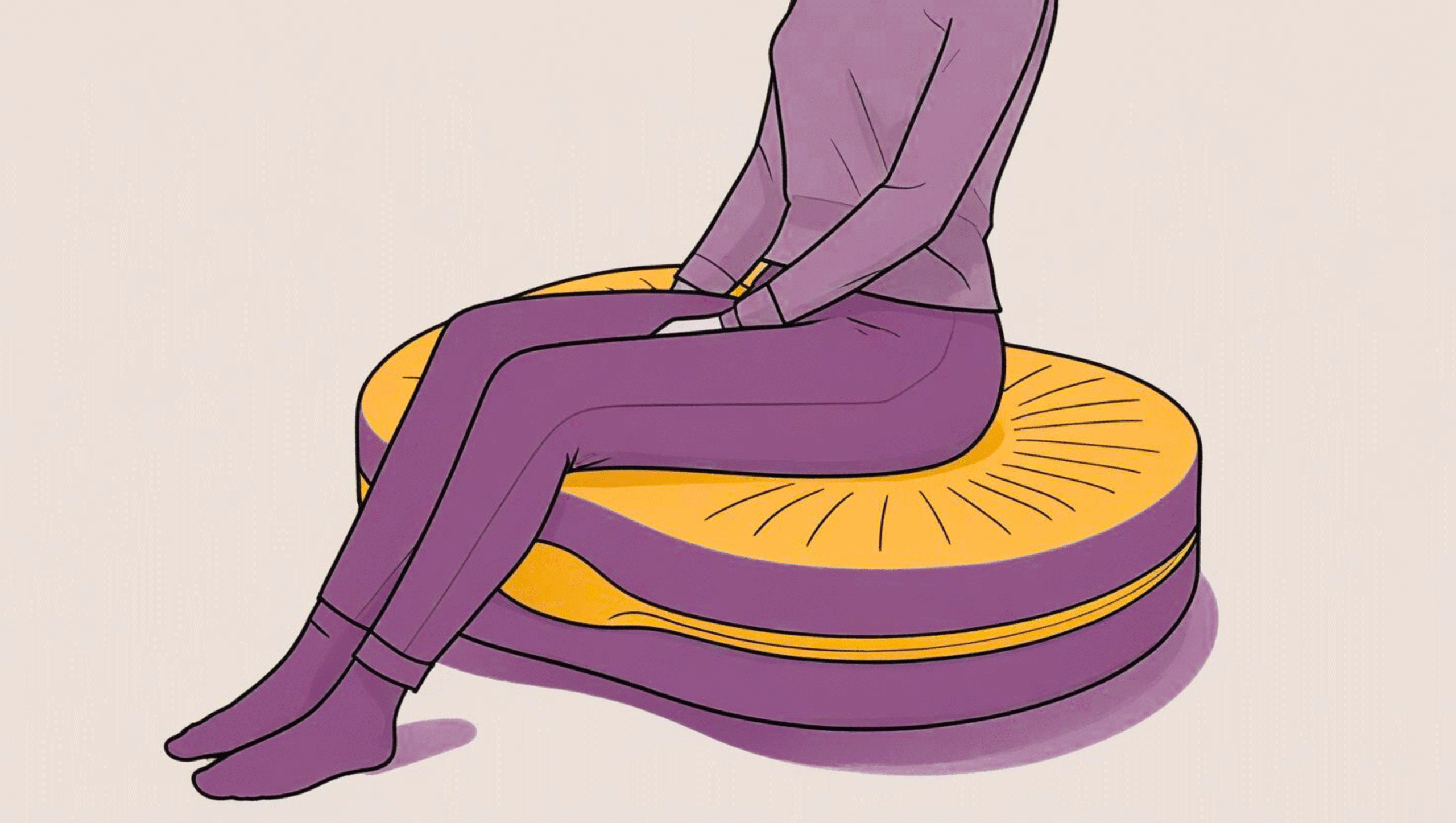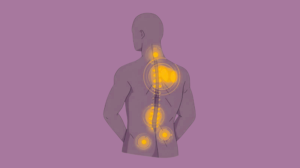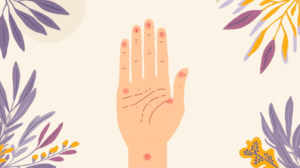Picture the shock of pain as you get comfortable after a tumble or accident, an unwelcome reminder from your tailbone that all is not well. Injuries to the tailbone are more frequent than people realize, and they are painful and long to recover from. The hurt, pressure, and discomfort make routine activities such as sitting at work, driving, or even just lounging around home hard. Resting on hard surfaces or inappropriate surfaces may worsen the injury, prolong healing, and influence the quality of your life.
A coccyx cushion is one of them which is commonly found to alleviate this pain and speed up recovery by most. The cushion is meant to minimize pressure on the damaged tailbone, enhance posture, and avoid strain during the susceptible recovery phase. However, understanding why, when, and how to utilize such cushions effectively is essential for real benefit.
This article delves deep into coccyx anatomy, tailbone injury causes and symptoms, how coccyx cushions operate, and how to select and use the appropriate cushion for your recovery. Whether you’re in pain due to a new injury, ongoing pain, or simply want to find out how to avoid future tailbone problems, this guide offers evidence-based tips to help you sit comfortably once more.
What is Coccyx?
The tailbone, or coccyx, is a little but important bone at the very end of your spine. In contrast to the rest of the spine, which is made up of different vertebrae joined by discs, the coccyx is made up of three or five vertebrae joined together and has a triangular space.Though rudimentary, it serves several important roles, including:
- Acting as an attachment point for muscles, ligaments, and tendons in the pelvic region.
- Helping support and stabilize you when sitting by bearing some weight.
- Providing balance and assisting in movements such as standing up from a seated position.
Despite its small size, injury or inflammation of the coccyx can cause significant pain due to the bone’s proximity to nerves and its role in weight-bearing when seated.
Common Causes of Tailbone Injuries
Tailbone injuries often result from trauma or strain. The most frequent causes include:
- Falls: Falling backward onto a hard surface is the most common cause of coccyx injury. Even a minor fall can cause bruising or fracture if the impact is concentrated.
- Childbirth: During delivery, pressure on the coccyx can cause bruising, dislocation, or fracture, particularly with difficult or prolonged labor.
- Repetitive Strain: Sitting for long hours on hard or improperly shaped surfaces can strain the coccyx, especially in people with poor posture or obesity.
- Sports Injuries: High-impact sports or activities involving falls and collisions can injure the tailbone.
- Degenerative Conditions: Osteoarthritis or bone spurs can affect the coccyx, leading to chronic pain.
- Infections or Tumors: Rarely, infections or growths near the tailbone cause pain or damage.
Symptoms and When to See a Doctor
Symptoms of a coccyx injury can vary but usually include:
- Localized pain and tenderness at the base of the spine, especially when sitting or rising.
- Bruising or swelling in the area.
- Pain that worsens with pressure, coughing, or bowel movements.
- Numbness, tingling, or radiating pain in some cases.
- Difficulty sitting comfortably or sitting only for short periods.
Pain lasting over two weeks, or pain with bleeding, numbness, fever, or loss of bladder or bowel control, requires immediate medical assessment to exclude fracture, infection, or nerve injury.
Why Is a Coccyx Cushion Important for Recovery?
Coccyx injuries have to be rested and taken good care of in order to heal. Sitting is unavoidable in everyday activities, but it may result in injuring and aggravating the injury when done improperly. A coccyx cushion comes in handy here.
How Does It Reduce Pressure on the Tailbone?
Coccyx cushions are sculpted or cut-out in design, taking pressure away from the tailbone when sitting. Rather than putting your entire body weight on the damaged bone, the cushion moves the weight to the hip bones and muscles and thighs.
This pressure relief helps:
- Reduce inflammation and irritation at the injury site.
- Prevent further trauma caused by prolonged pressure.
- Promote blood flow and oxygen delivery to the healing tissues.
One study showed that ergonomic cushions with a coccyx cut-out significantly lowered pressure in the tailbone area, reducing pain for users with coccydynia [3].
Benefits of Using a Coccyx Cushion
1. Enhanced Comfort While Sitting
The most obvious advantage is increased comfort. Through the relief of pressure, the cushion eliminates the burning pain and discomfort resulting from sitting on flat or hard surfaces. This can result in extended periods of sitting without discomfort, and this is critical for work, business travel, and daily usage.
2. Improved Posture Support
In addition to cushioning, the majority of coccyx cushions promote pelvis forward tilting when sitting in a normal position. This keeps the lumbar lordosis, or inward curvature of the lower back, so spinal alignment becomes possible and there is less stress on muscles and ligaments [5]. Healing time can also be shortened by improved posture and lead to minimal chronic pain.
3. Prevention of Further Injury
By using a pillow, one can avoid over-straining the hurt coccyx with pressure which could annoy the damage or over-extend the healing time. It prevents one from poor sitting posture such as slouching or leaning towards the back, which will have the tendency to over-curve the coccyx.
How Do You Choose the Right Coccyx Cushion?
Choosing the correct cushion is essential for comfort and effective recovery. Here are important factors to consider:
1. Material Types: Memory Foam, Gel, or Air-Filled?
- Memory Foam: Adapts to the body shape and provides consistent support. It cushions the tailbone well but can retain heat and cause sweating during long use.
- Gel Cushions: Provide a cooler surface and firm support. They absorb pressure well but may feel harder than memory foam for some.
- Air-Filled Cushions: Lightweight and adjustable firmness. Good for portability but may require maintenance to avoid leaks.
Research suggests that both memory foam and gel cushions can reduce sitting pressure effectively, with the choice depending on personal comfort preferences [7].
2. Size and Portability Considerations
Choose a cushion size compatible with your chair and body. Thick cushions provide more relief but may change your sitting height and cause discomfort. If you travel or commute, opt for portable, lightweight cushions that are easy to carry.
3. Importance of Cushion Shape and Cut-Out Design
Look for cushions with a U-shaped or wedge-shaped cut-out at the rear. This removes pressure directly from the tailbone and encourages better posture. Avoid donut-shaped cushions, as they often fail to relieve coccyx pressure effectively and can create additional pressure on the thighs [9].
4. Certifications and Medical Recommendations
Cushions recommended by orthopedic specialists or backed by ergonomic research are preferable. Certification by ergonomic bodies ensures the product meets quality and safety standards. Some brands offer clinical validation for pain relief effectiveness [10].
How Should You Use a Coccyx Cushion Effectively?
Using a coccyx cushion properly maximizes its benefits.
Proper Sitting Techniques
- Place the cushion on a flat, firm surface.
- Sit so that your tailbone is positioned over the cushion’s cut-out.
- Keep your back straight and avoid slouching or leaning sideways.
- Ensure your feet are flat on the floor or on a footrest to maintain balance.
- Avoid crossing your legs, as this can alter pelvic alignment.
Duration of Use
Start with short periods of using the cushion and gradually increase the duration as comfort allows. Avoid prolonged sitting periods; stand, stretch, or walk for a short duration every 30-60 minutes to improve circulation.
Maintenance and Hygiene
Vacuum and remove the cushion cover every other week. Wash the cushion itself according to manufacturer guidelines based on material. Replace cushions when flat or worn.
What Other Tips Can Support Coccyx Injury Recovery?
- Practice Gentle Exercises and Stretches: Stretching and strengthening surrounding muscles in the lower back, hips, and pelvis help reduce tension and support healing. A physical therapist can provide personalized exercises such as pelvic tilts and hip stretches [14].
- Use Heat or Cold Therapy: Applying ice packs during the first 48-72 hours reduces swelling and inflammation. After that, warm compresses can relax muscles and ease pain [15].
- Avoid Prolonged Sitting: Frequent breaks and varying sitting positions relieve pressure buildup. If possible, use standing desks or take short walks to keep muscles active [16].
- Wear Loose, Comfortable Clothing: Tight clothing can increase pressure and irritation around the coccyx. Choose breathable, loose fabrics during recovery [17].
When Should You Consult a Medical Professional?
What if Pain Persists Despite Cushion Use?
Chronic pain after a few weeks or increasing severity are the criteria for medical assessment. Imaging tests such as X-ray or MRI are required to exclude fractures or other serious conditions [18].
What Are Signs of Complications?
Seek emergency treatment if you experience extreme swelling, weakness or numbness in your legs, loss of bladder or bowel control, bleeding, or a fever. These symptoms can be indicative of infections, nerve damage, or other problems [19].
Conclusion
Recovery from tailbone injury is painful and lengthy, but proper application of a coccyx cushion is a vital consideration in reducing pain and aiding recovery. Coccyx cushions relieve pressure, aid good posture, and prevent the affected area from additional trauma. The best cushion regarding material, shape, and individual requirement offers maximum comfort and advantage. Along with correct sitting posture, physical therapy, and medical advice, a coccyx cushion enables you to sit pain-free again earlier.
Frequently Asked Questions:
1. Are coccyx cushions recommended by doctors?
Yes. Many orthopedic and physical therapy professionals recommend coccyx cushions as part of a conservative treatment for tailbone injuries [10].
2. Can I use a coccyx cushion while driving?
Yes. Cushions designed for portability and ergonomic support can make driving more comfortable by reducing tailbone pressure [8].
3. How do I clean and maintain a coccyx cushion?
Most have removable covers that can be machine washed. Clean the cushion as per the manufacturer’s instructions and replace it if it loses firmness [13].
References:
- https://www.mayoclinic.org/diseases-conditions/coccydynia/symptoms-causes/syc-20371356
- https://www.ncbi.nlm.nih.gov/pmc/articles/PMC6758520/
- https://pubmed.ncbi.nlm.nih.gov/25657350/
- https://www.ncbi.nlm.nih.gov/pmc/articles/PMC7104212/
- https://pubmed.ncbi.nlm.nih.gov/32614207/
- https://www.ncbi.nlm.nih.gov/pmc/articles/PMC5605287/
- https://pubmed.ncbi.nlm.nih.gov/26371744/
- https://www.ncbi.nlm.nih.gov/pmc/articles/PMC6543319/
- https://pubmed.ncbi.nlm.nih.gov/29178567/
- https://www.orthobullets.com/spine/3032/coccyx-injuries
- https://pubmed.ncbi.nlm.nih.gov/32046803/
- https://www.ncbi.nlm.nih.gov/pmc/articles/PMC6786163/
- https://www.ncbi.nlm.nih.gov/pmc/articles/PMC6982724/
- https://pubmed.ncbi.nlm.nih.gov/30614356/
- https://pubmed.ncbi.nlm.nih.gov/30614356/
- https://www.ncbi.nlm.nih.gov/pmc/articles/PMC4651493/
- https://www.ncbi.nlm.nih.gov/pmc/articles/PMC5605287/
- https://www.ncbi.nlm.nih.gov/books/NBK507884/
- https://www.ncbi.nlm.nih.gov/pmc/articles/PMC5598473/























